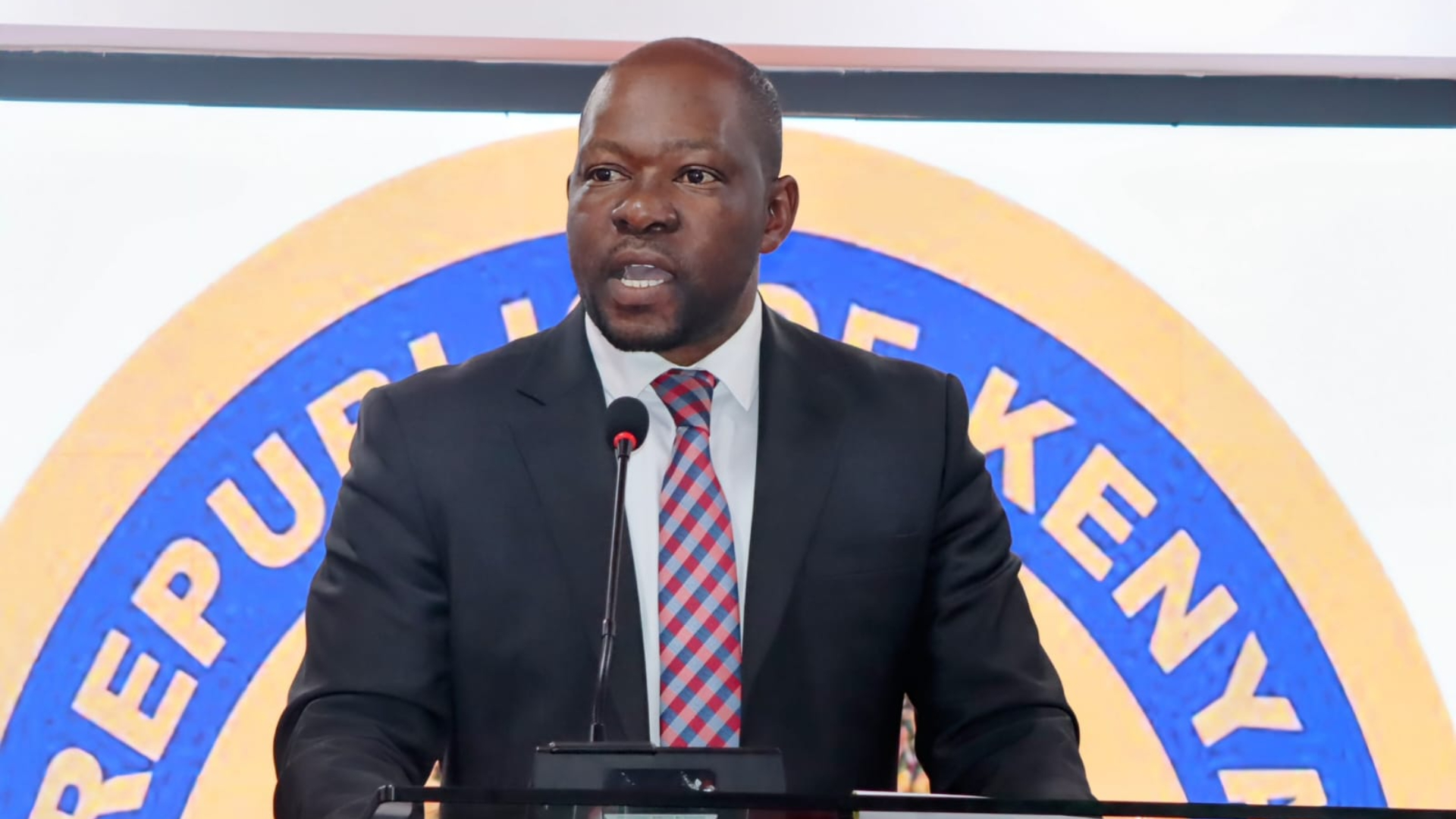SGR expansion bears many strategic advantages

The ambitious Standard Gauge Railway (SGR) project has been making headlines since its inception. The initial phase, connecting Mombasa and Nairobi, has already proved to be a significant milestone in the infrastructure development.
However, the government’s determination to extend SGR line to Kisumu, Malaba and Isiolo at a cost of Sh2.1 trillion has captured the attention of both domestic and international observers. With the project expected to complete by June 2027 and proposing the adoption of Kisumu-Malaba option as earlier envisaged, it also introduces new lines—Mariakani (Mombasa) to Lamu; Lamu to Isiolo; and Isiolo to Moyale (Ethiopia border). There is also the track from Isiolo to Nairobi and Isiolo to Nakodok on the border between Kenya and South Sudan, with the latter expected to be the longest line at 753.2km and a cost of Sh443.2 billion.
The proposed lines create a link between SGR and Lamu Port, South Sudan, Ethiopia Transport Corridor. It opens a route to the Port of Lamu for Ethiopia and South Sudan, thereby enlarging the Northern Corridor. Further, it presents opportunities for increased intra-country trade between Northern Kenya and the rest of the country.
But why is Kenya keen on this project? One of the primary motivations behind the push to extend SGR line is to enhance regional connectivity. By connecting Kisumu, Malaba and Isiolo, Kenya aims to strengthen trade links not only within the country but also with neighbouring countries such as Uganda and South Sudan. These extensions will facilitate seamless movement of goods, people, and services, resulting in increased trade volumes, economic growth, and regional integration.
SGR will provide a faster and more efficient mode of transportation, reducing transit times and cutting costs for businesses and individuals alike. Extending SGR to Kisumu, Malaba, and Isiolo will unlock vast economic opportunities in these regions. Kisumu, as a major port city on Lake Victoria, holds significant potential for trade and tourism. Connecting Kisumu to SGR network will open up new avenues for economic growth, attract investment, and spur job creation.
Malaba, serves as a crucial gateway to Uganda, and SGR extension will enhance cross-border trade, stimulate commerce, and contribute to regional stability. Isiolo, located at the heart of Kenya’s northern frontier, has immense potential for agriculture, tourism, and energy production.
The SGR extension will provide the infrastructure needed to harness and develop these sectors, thereby boosting economic prosperity. Facilitating devolution and balanced regional Development. The SGR extension aligns with Kenya’s devolution agenda, which aims to distribute resources and development opportunities equitably across the country. By connecting major cities and towns, the SGR will reduce regional disparities, promote inclusive growth, and empower local economies.
Kisumu, Malaba and Isiolo will become major transport and logistics hubs, attracting investment, creating employment, and spurring socio-economic progress in previously underserved areas. The improved connectivity will encourage businesses and industries to set up operations outside major urban centers, leading to a more balanced and sustainable development pattern across the country.
Extending the SGR line to Kisumu, Malaba and Isiolo has significant implications for national security and sovereignty. These regions are strategically important, and SGR will enhance the government’s ability to monitor and safeguard key transportation corridors. The SGR extensions will not only transform transportation and logistics but also pave the way for a more stable region.
— The writer is a commentator on railway transport infrastructure and development















